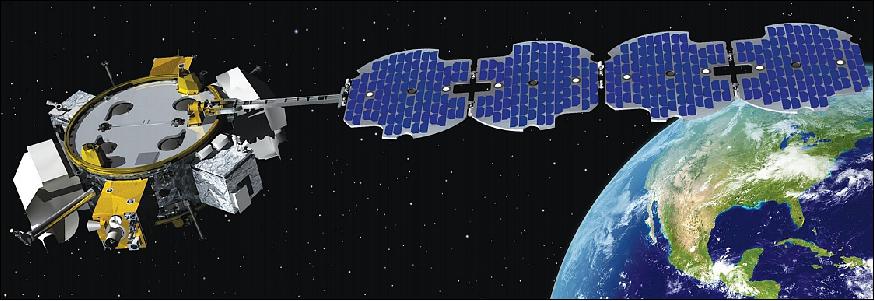A satellite fails once on orbit. What went wrong? Was it an engineering flaw? Was it struck by a micrometeorite? Did an electrostatic discharge cause an electrical component to fail?
The telemetry received on the ground prior to such a failure is often insufficient to determine the cause definitively. Extensive analysis of operating parameters and condition can result in a “most probable cause” diagnosis. But absent any post-failure data, such a diagnosis is always uncertain.
It has been recognized for a long time that the ability to take pictures of orbiting satellites would be very valuable in the event of such a failure. One company, Chandah Space Technologies, is even preparing to provide this capability commercially. Chandah has obtained the first non-Earth-imaging license from the National Oceanographic and Atmospheric Agency, which regulates imagery obtained from space.
Today, the U.S. Air Force is taking the unusual step of imaging one of its experimental microsatellites, which has ceased sending information to the ground. Fortunately, another satellite already on orbit has the ability to take pictures of the failed bird, hopefully providing some insight into the cause of the anomaly. Here is the story from Air Force Magazine:
http://www.airforcemag.com/Features/Pages/2019/October%202019/AFRL-Dispatching-Satellite-to-Examine-Unresponsive-Smallsat.aspx


Recent Comments